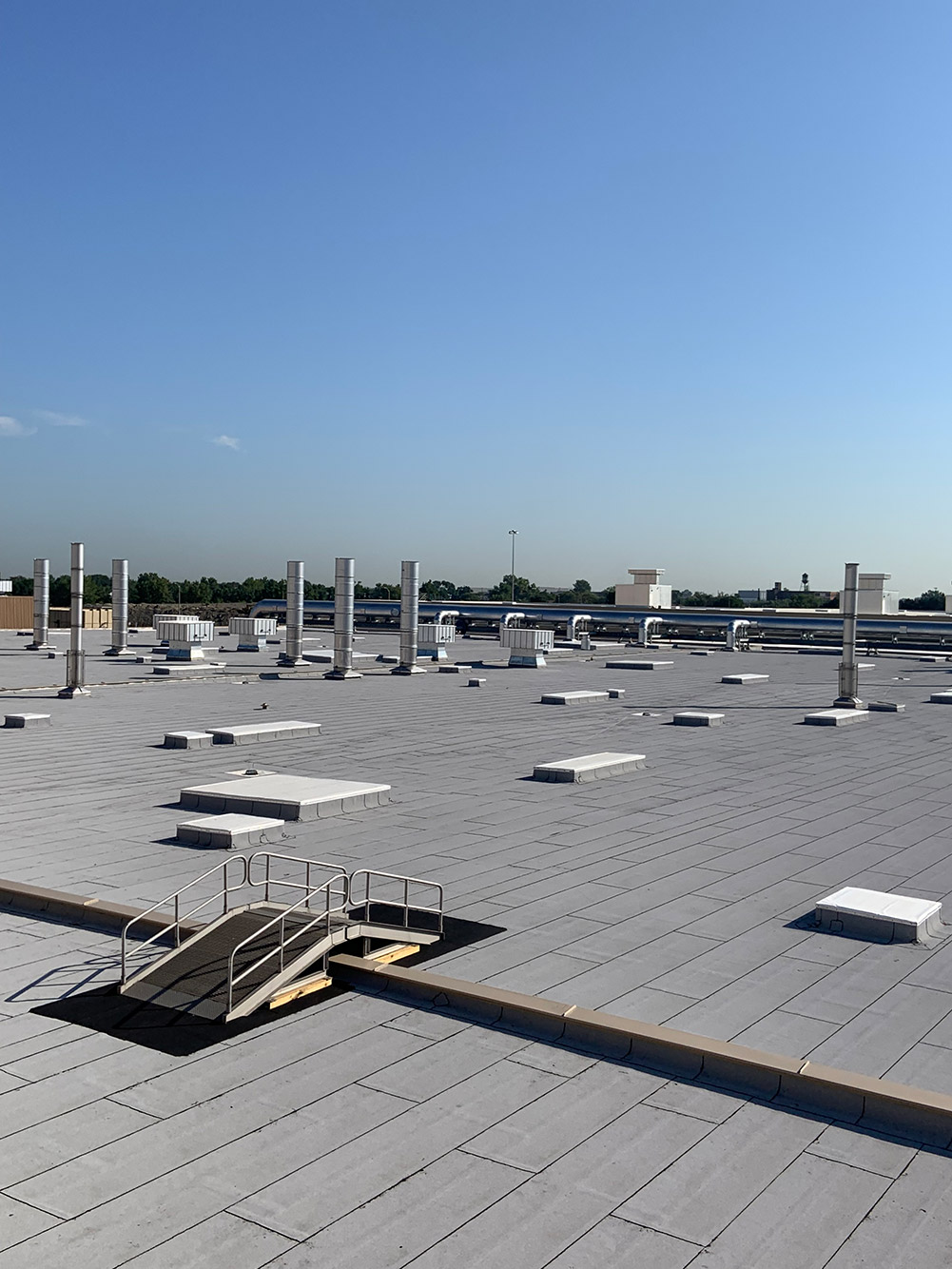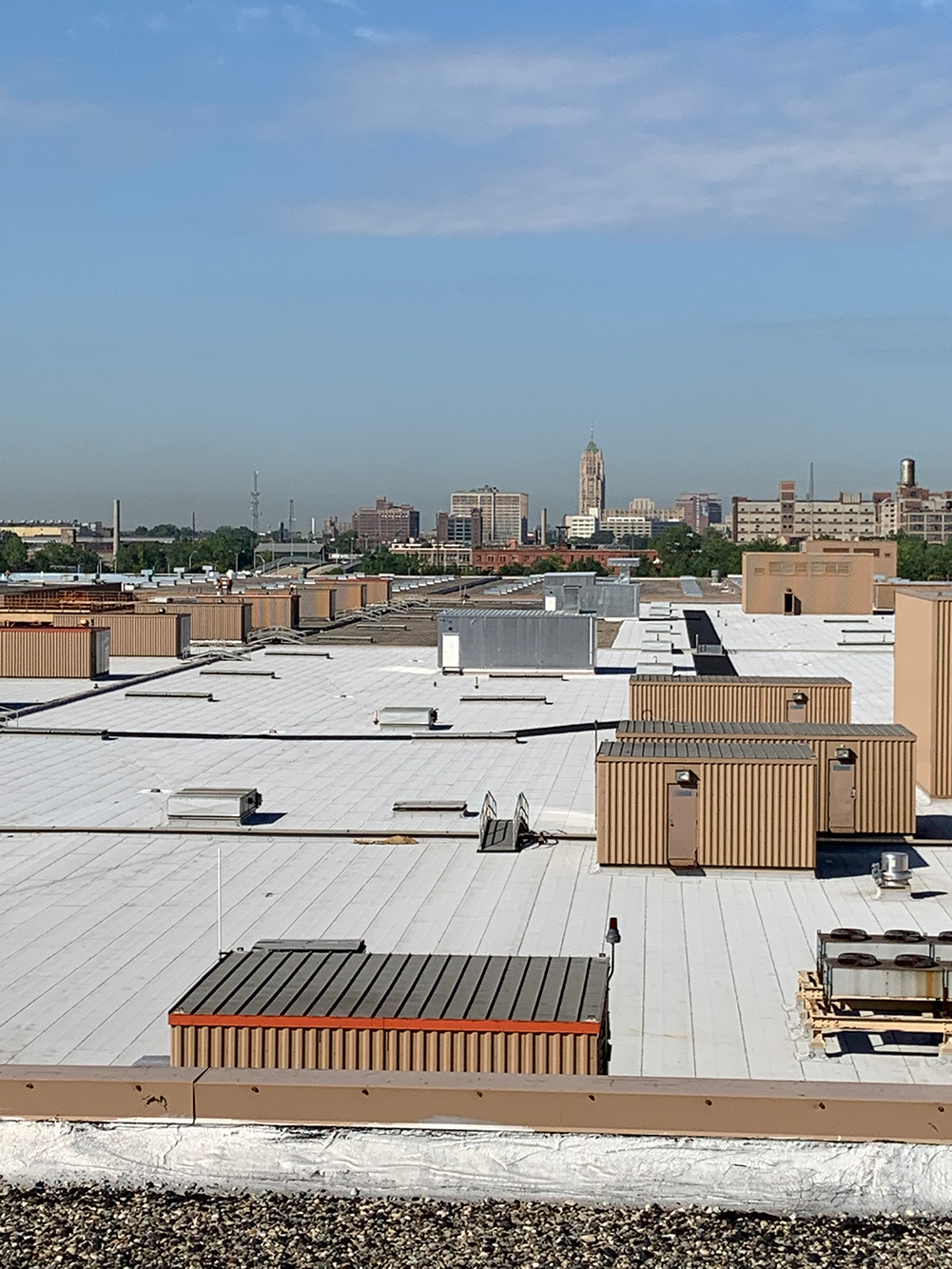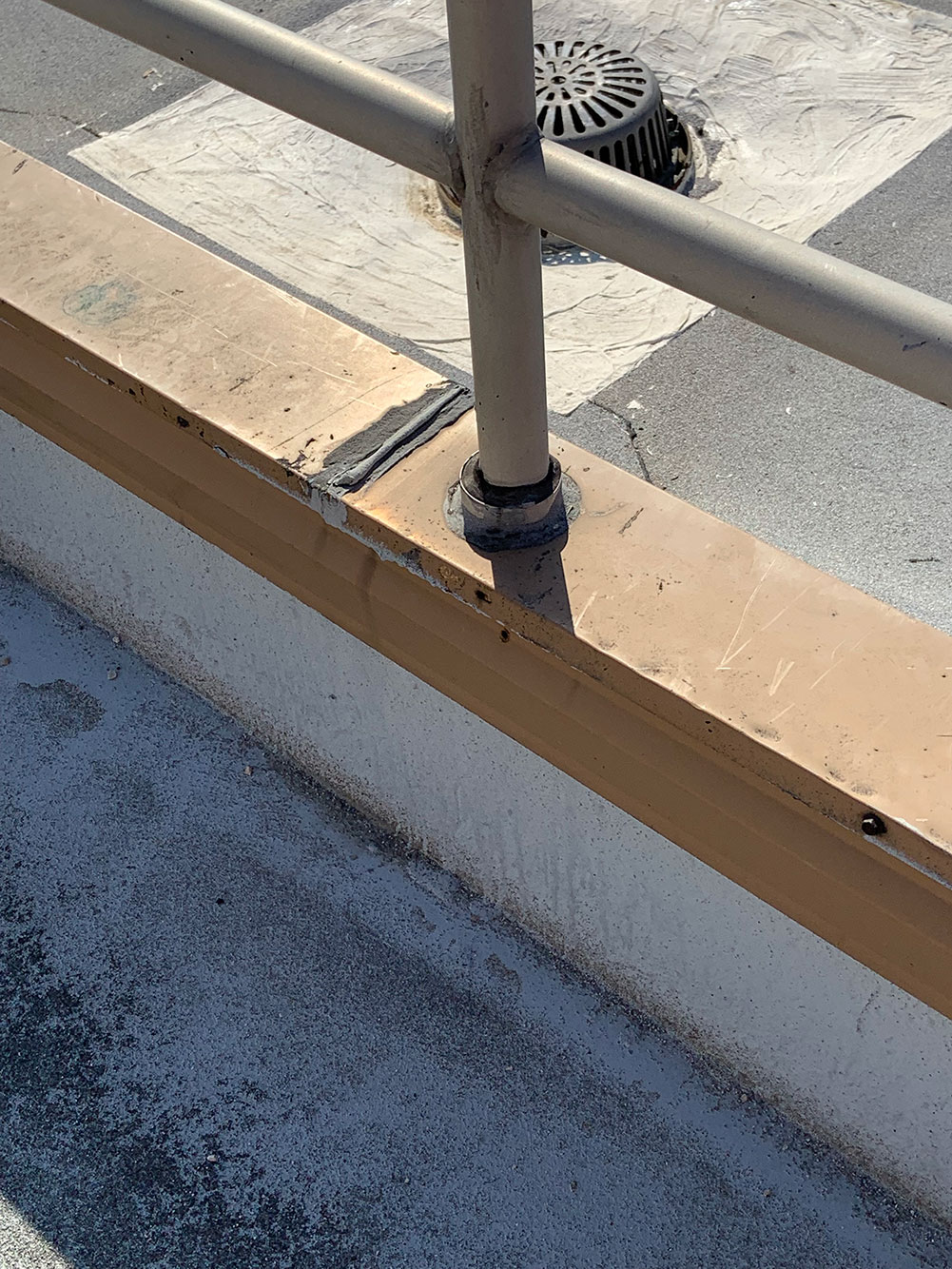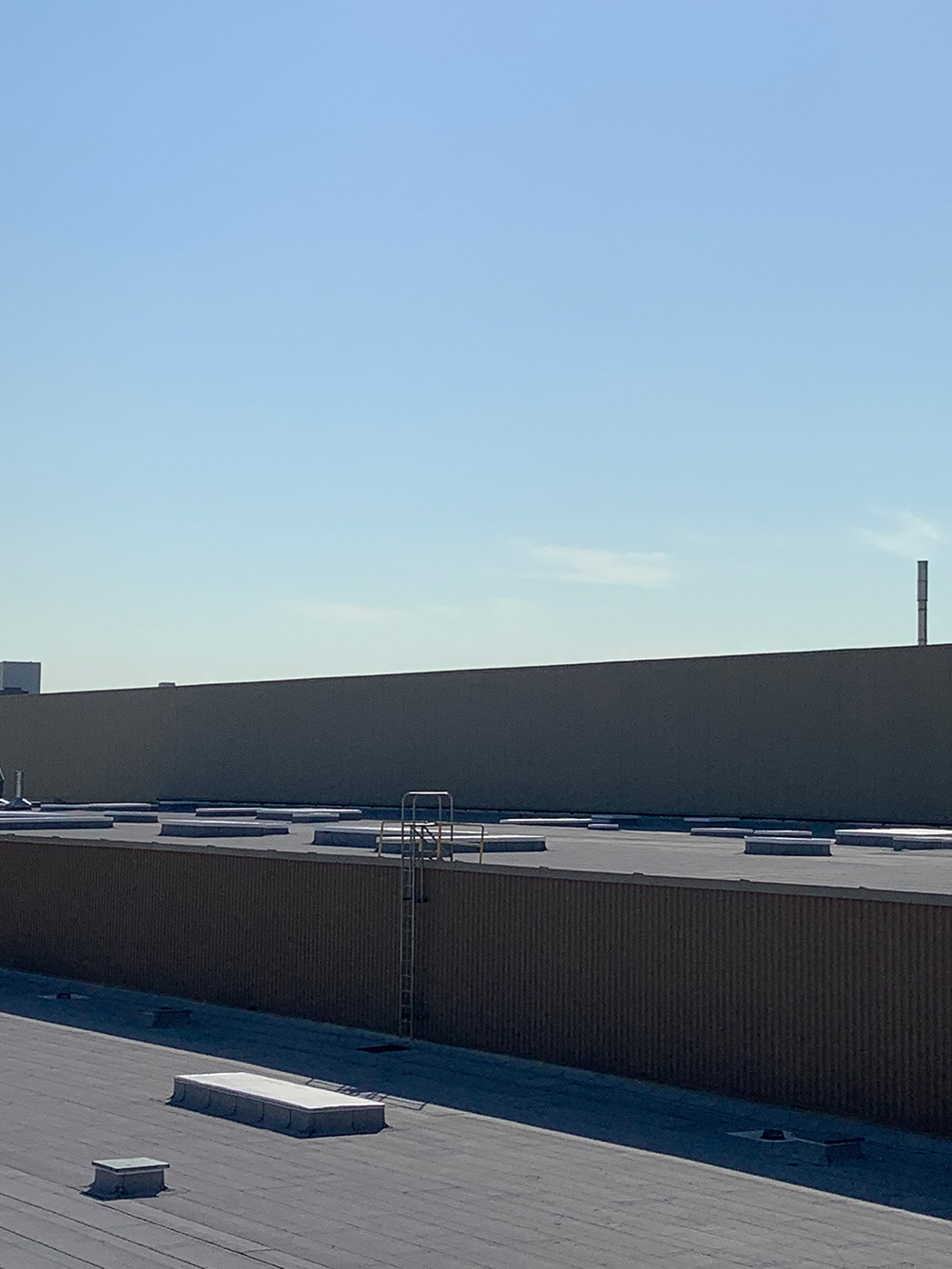Know These Common Culprits for Moisture Infiltration
12/1/2021
Roofs on industrial buildings possess several challenges to building owners and facility managers, says John A. D’Annunzio, president of Paragon Consultants and Paragon Roofing Technology Inc.
Depending on the building’s operations, the roof may serve as a “floor” for mechanical equipment, ventilation, pipe lines, drains, and required manufacturing equipment. All of these components require openings in the roof system for installation, which make them vulnerable to moisture infiltration.
The roof may also house substructures used for mechanical rooms, penthouses, and stairways. These substructures are also concerns as they not only require proper flashing at the main roof level, but they also have their own roofs and exterior components that require proper waterproofing. Exterior components on these structures, such as metal siding, doors, windows, floors, and EIFS systems, can all contribute to moisture infiltration in the building.
Proper details, materials, and applications are required at all roof openings, terminations, and adjoining building components.
Leaky “floors”
 Roofs of industrial buildings often become “floors” for mechanical equipment, pipes, and ventilation. A high percentage of roof leaks are attributed to openings in flashings and accessories at these types of penetrations.
Paragon Roofing Technology Inc.
Roofs of industrial buildings often become “floors” for mechanical equipment, pipes, and ventilation. A high percentage of roof leaks are attributed to openings in flashings and accessories at these types of penetrations.
Paragon Roofing Technology Inc. Roofs on the roof
 Substructures on roofs require waterproofing at the roof transition. As buildings themselves, they also require waterproofing of their own building exteriors and roof components. Paragon Roofing Technology Inc.
Substructures on roofs require waterproofing at the roof transition. As buildings themselves, they also require waterproofing of their own building exteriors and roof components. Paragon Roofing Technology Inc. Check every opening
 Moisture infiltration can occur in buildings at openings in exterior components, such as at penetrations in exterior metal coping.Paragon Roofing Technology Inc.
Moisture infiltration can occur in buildings at openings in exterior components, such as at penetrations in exterior metal coping.Paragon Roofing Technology Inc.Tricky transitions
 Proper roof design, materials, and applications are required at all transition points. Paragon Roofing Technology Inc.
Proper roof design, materials, and applications are required at all transition points. Paragon Roofing Technology Inc.